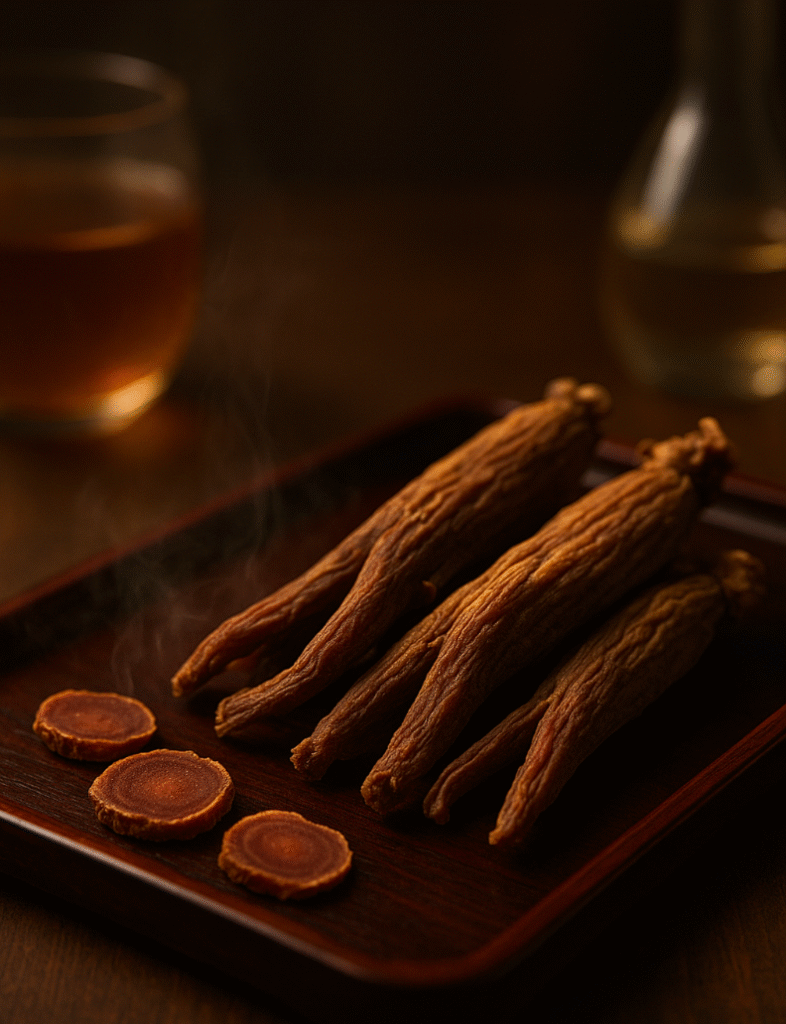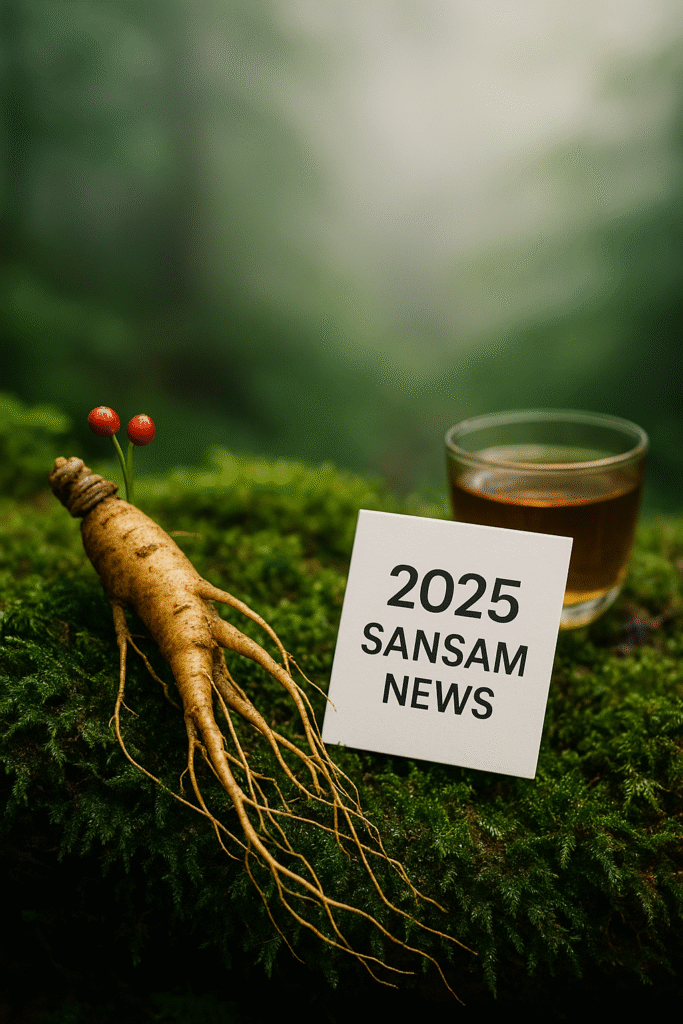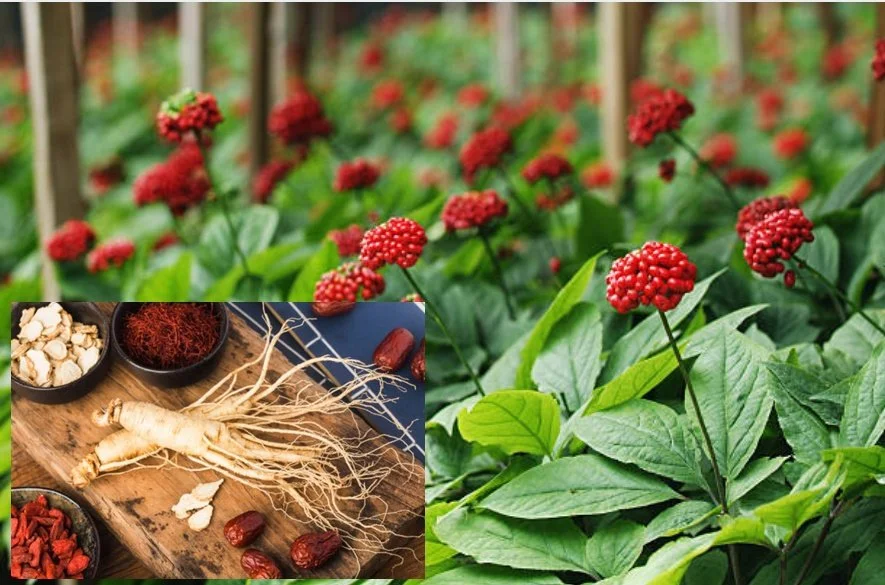The Latest on Korean Ginseng in 2025: What New Science and Markets Reveal
Korean ginseng (Panax ginseng) continues to command attention in 2025—both in laboratories and in the marketplace. Several peer-reviewed studies and market trackers published this year provide fresh evidence about how ginseng works, where it helps most, and why global demand is climbing. Below, we distill the newest findings on immune and fatigue support, vascular function, […]
The Latest on Korean Ginseng in 2025: What New Science and Markets Reveal Read More »



